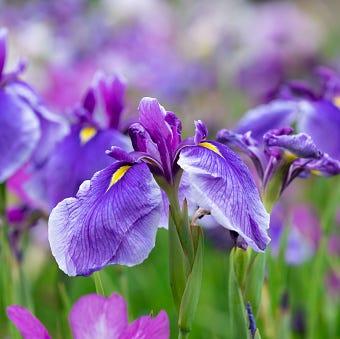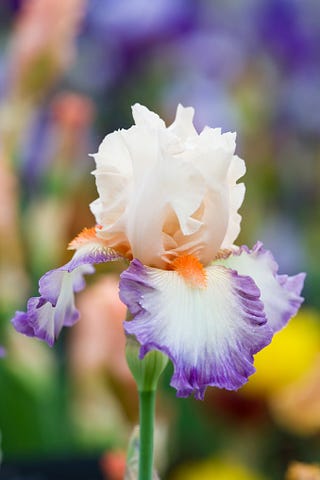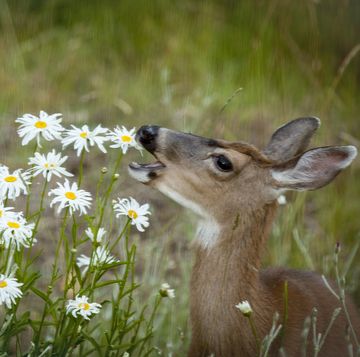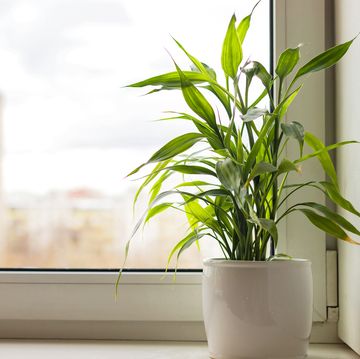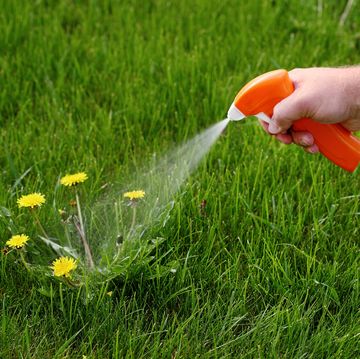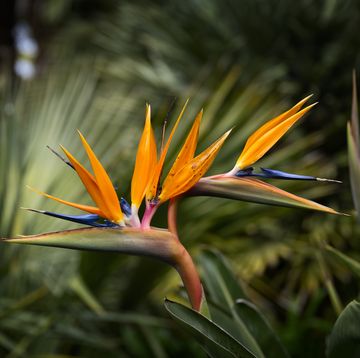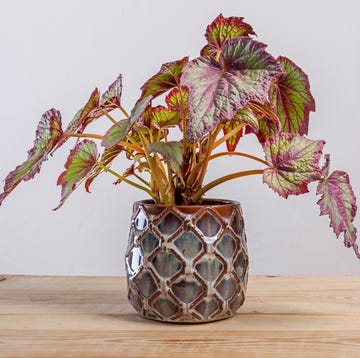Named for the Greek goddess of rainbows and personal messenger of the gods, iris flowers are known for their arching petals, vibrant colors, and intoxicating scent. A stunning addition to any garden, irises grow tall and sway elegantly in the wind. They're a sun-loving perennial that blooms early in the growing season, so planting iris flowers will beautify your yard every spring.
Despite their complicated look, irises are one of the easiest plants to grow. Of course, as with any plant you add to your garden, there are things you want to keep in mind like how much sunlight irises need, how much to water irises, and more. Ahead, we break down exactly what you need to know when planting iris flowers in your backyard garden or containers, as well as care tips and tricks to ensure this elegant perennial thrives.
When Should I Plant Irises?
The best time to plant irises is the late summer and early fall (think late July through early September). This gives the plant enough time to settle into the ground and start rooting ahead of the first frost.
How Should I Plant Irises?
Irises will most often arrive to you as what are called iris rhizomes, small stalk-like sprouts attached to a semi-developed root system. The main thing to remember when planting them is to ensure the rhizome isn't embedded too deep into the soil. You want a small amount under the stalk to be visible above the soil's surface. Because of their lanky nature, it's best to give irises plenty of room to grow. A good rule of thumb is to leave six to 12 inches between iris plants.
What Is a Bearded Iris?
The most popular kind of iris, the bearded iris is equally as easy to care for. Only slightly different than traditional irises, bearded irises get their name from the "beard" that runs down the center of each cascading petal. (You might also think it resembles a pipe cleaner or furry caterpillar.) Bearded irises have ruffled, unfurling petals and come in a variety of colors, from vibrant yellow to deep, moody burgundy and even bicolor blends.
Caring for Iris Flowers
Water and Soil
An ample amount of water is necessary to keep iris plants happy. While they can tolerate drought, they're happier in moist, well-draining soil. Overwatering, or allowing the soil to get soggy, can cause root rot.
While the soil doesn't need to be anything special, it does need to be well draining. Standard gardening soil is perfectly fine, and fertilizing isn't necessary, though it can be helpful if your area's natural soil isn't super dense or rich in nutrients.
Sunlight
Irises thrive in full, bright sun. At least six to eight hours per day is ideal. If not given enough light, the flowers won't bloom, and you'll be left with tall, grassy stalks.
